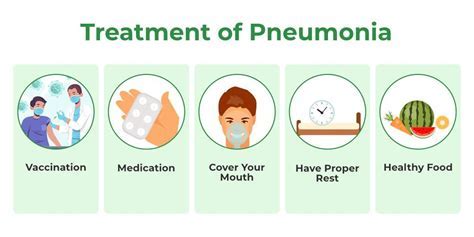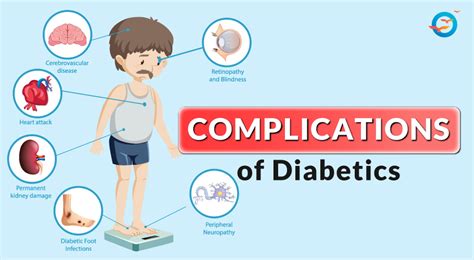Intro
Throwing up, chills, and diarrhea are common symptoms that can be caused by a variety of factors, ranging from viral or bacterial infections to food poisoning or other underlying medical conditions. When these symptoms occur together, it can be a sign of a more serious issue that requires prompt medical attention. Understanding the possible causes, recognizing the severity of the symptoms, and knowing when to seek help are crucial for effective management and recovery.
The combination of throwing up, chills, and diarrhea can lead to dehydration, especially in vulnerable populations such as the elderly, young children, and individuals with compromised immune systems. Dehydration can exacerbate the symptoms, creating a vicious cycle that worsens the condition. Moreover, these symptoms can significantly impact daily life, causing discomfort, pain, and distress, which underscores the importance of seeking medical advice for proper diagnosis and treatment.
Recognizing the potential causes of these symptoms is the first step towards recovery. Viral gastroenteritis, commonly known as the stomach flu, is a frequent cause, characterized by inflammation of the stomach and intestines. Food poisoning, resulting from the consumption of contaminated food or water, is another common culprit. Additionally, bacterial infections, such as those caused by Salmonella or E. coli, can also lead to these symptoms. In some cases, underlying conditions like irritable bowel syndrome (IBS), inflammatory bowel disease (IBD), or even stress can trigger similar symptoms.
Understanding the Symptoms

Viral Infections
Viral infections are among the most common causes of throwing up, chills, and diarrhea. These infections are highly contagious and can spread through close contact with an infected person or through contaminated food and water. The norovirus and rotavirus are frequent culprits, especially in closed environments like cruise ships, schools, and hospitals. Managing viral infections typically involves supportive care, such as hydration, rest, and dietary changes, as there are no specific treatments for most viral causes.Causes and Risk Factors

Bacterial Infections
Bacterial infections, such as those caused by Salmonella, E. coli, or Campylobacter, can lead to severe gastrointestinal symptoms. These bacteria can contaminate food, water, or surfaces, and their ingestion can result in infection. Bacterial infections often require antibiotic treatment, which should be prescribed by a healthcare provider based on the severity of the symptoms and the causative agent.Diagnosis and Treatment

Prevention Strategies
Preventing these symptoms involves practicing good hygiene, ensuring proper food handling and cooking, and avoiding close contact with individuals who are infected. Regular hand washing, especially after using the bathroom or before eating, is crucial. When traveling, it's essential to drink bottled or filtered water and avoid undercooked or raw foods. Maintaining a strong immune system through a balanced diet, regular exercise, and adequate sleep can also reduce the risk of infection.Managing Symptoms

When to Seek Medical Attention
Knowing when to seek medical attention is vital. Severe vomiting that lasts more than two days, bloody stools, fever above 101.5°F (38.6°C), signs of dehydration (excessive thirst, dark urine, dizziness), or severe abdominal pain are indicators that medical help is needed. Additionally, individuals with underlying health conditions, pregnant women, or those who have recently traveled to areas with infectious disease outbreaks should seek medical advice if they experience these symptoms.Complications and Long-Term Effects

Nutritional Considerations
Nutritional considerations play a significant role in recovery. After the initial phase of illness, gradually introducing nutrient-rich foods can help replenish lost nutrients and support the recovery process. Foods high in fiber, proteins, and healthy fats, along with plenty of fruits and vegetables, are recommended. Avoiding spicy, fatty, or high-fiber foods that can irritate the stomach is also advised during the recovery period.Conclusion and Next Steps

We invite you to share your experiences or ask questions about managing throwing up, chills, and diarrhea in the comments below. Your insights can help others understand and cope with these symptoms better. Additionally, if you found this article informative, please consider sharing it with your network to spread awareness about the importance of proper symptom management and prevention strategies.
What are the most common causes of throwing up, chills, and diarrhea?
+Viral and bacterial infections, food poisoning, and underlying medical conditions are among the most common causes.
How can I prevent dehydration when experiencing these symptoms?
+Drinking plenty of fluids, such as water, clear broth, or electrolyte-rich beverages, and avoiding strenuous activities can help prevent dehydration.
When should I seek medical attention for throwing up, chills, and diarrhea?
+Seek medical attention if you experience severe vomiting, bloody stools, high fever, signs of dehydration, or severe abdominal pain, or if you have underlying health conditions.
